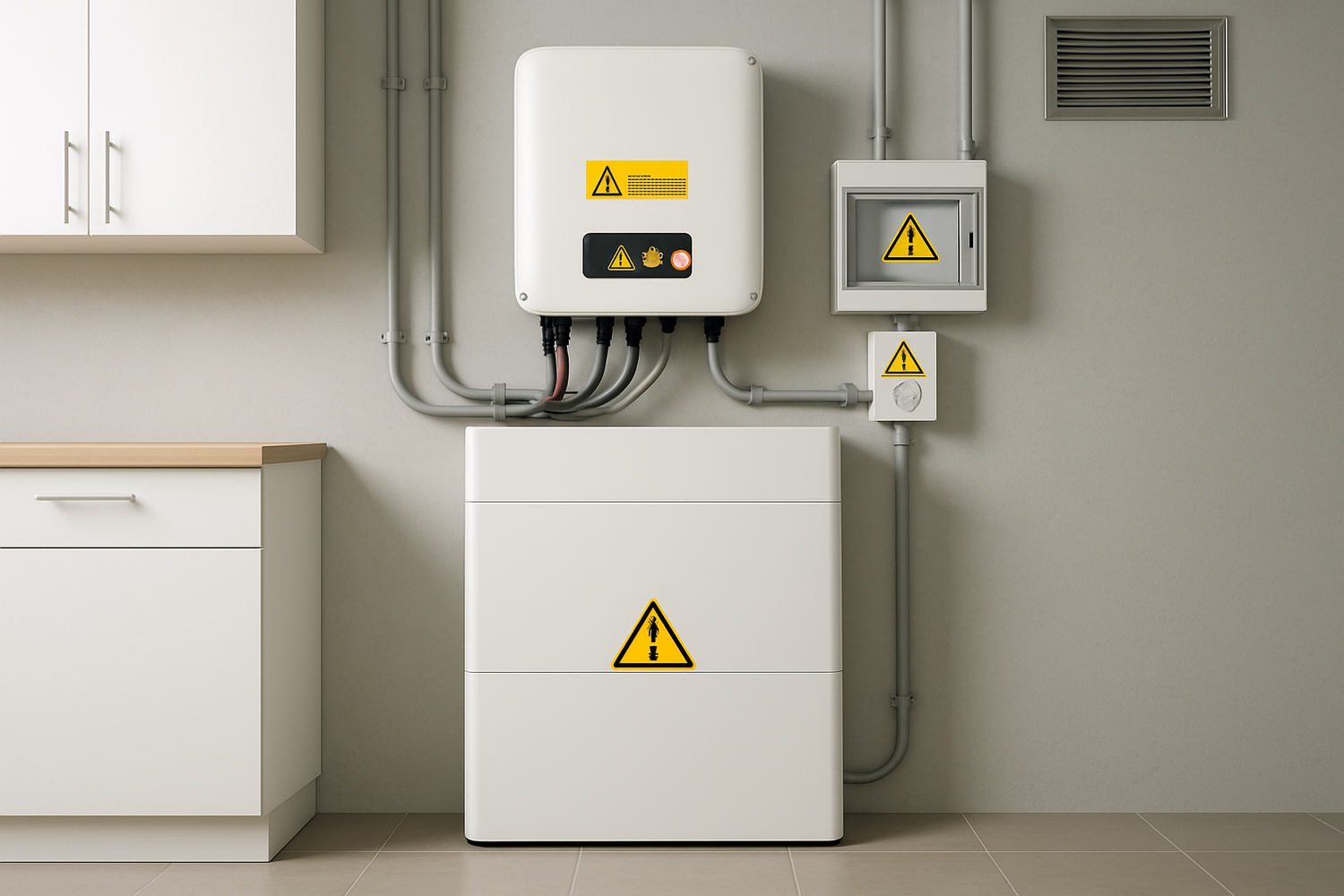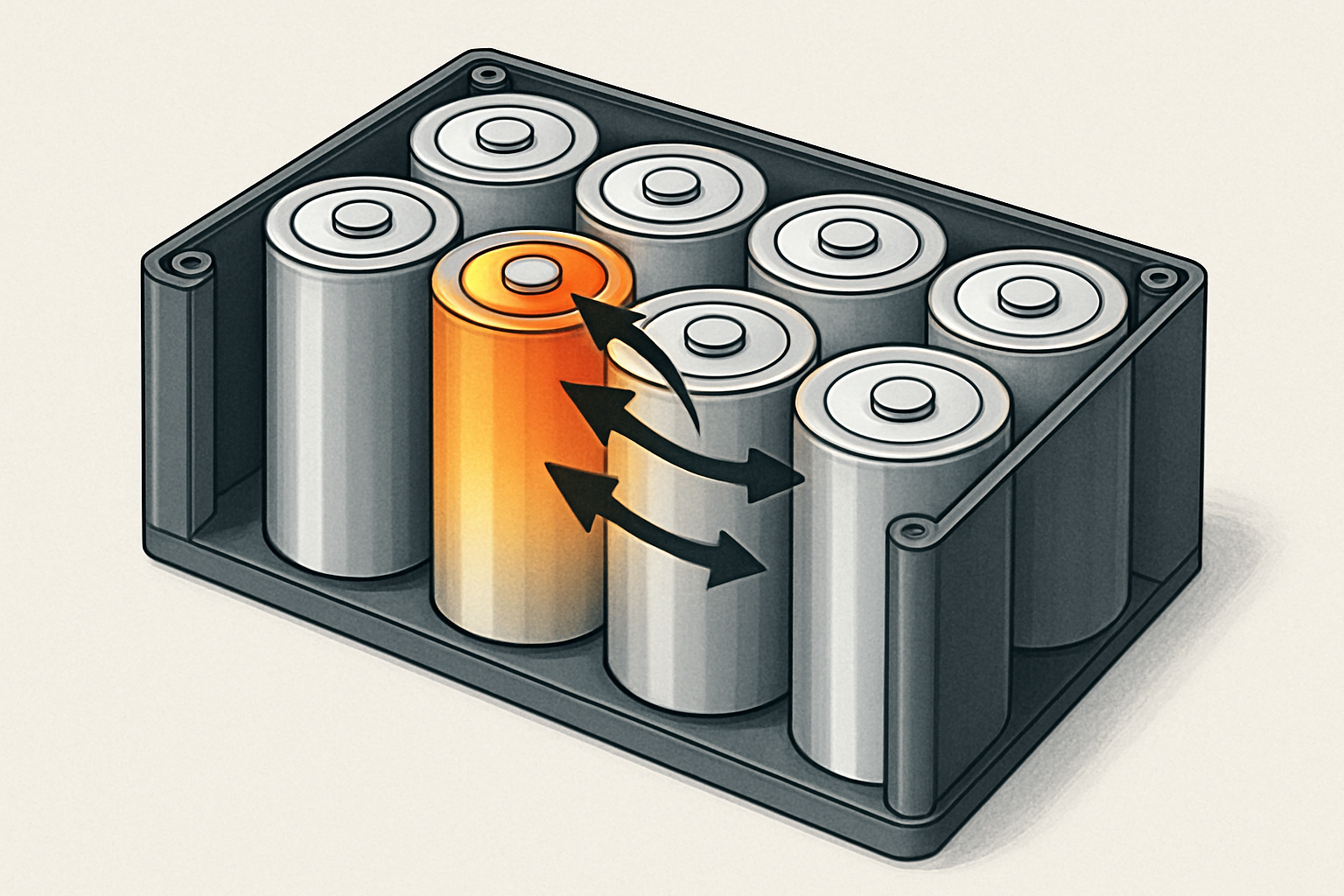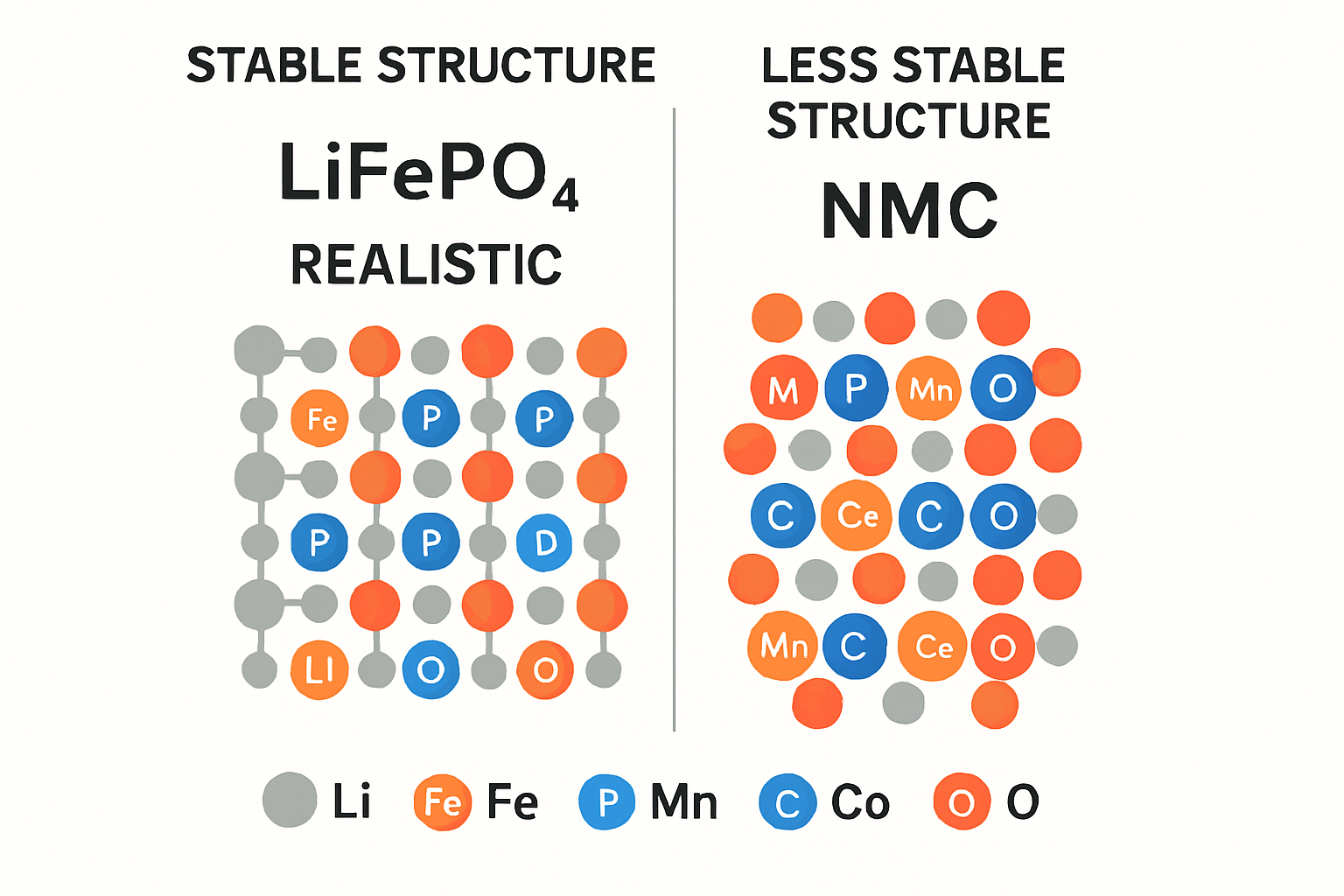Residential energy storage systems are becoming a key part of modern homes, offering energy independence and lower electricity bills. While these systems are designed with safety in mind, incidents, though rare, can happen. Analyzing a real-world residential lithium battery fire provides invaluable lessons. This examination breaks down the event, explores the causes, and outlines strategies to enhance the safety of home battery storage systems.
The Incident: A Step-by-Step Breakdown
Understanding how a battery fire unfolds is the first step toward prevention. From the initial warning signs to the complex emergency response, each phase offers important insights.
Initial Signs and Escalation
The incident began with subtle signs. Homeowners reported a faint, unusual sweet or acrid smell near the energy storage unit, followed by hissing sounds. Soon after, smoke detectors were triggered as light gray smoke became visible. The situation escalated rapidly as the smoke thickened and changed color, indicating the start of a more intense chemical reaction within the battery.
The Role of Thermal Runaway
At the core of this event was thermal runaway, a chain reaction where a battery cell overheats uncontrollably. This process can be initiated by a manufacturing defect, physical damage, or an electrical fault like overcharging. Once one cell fails, it generates enough heat to cause adjacent cells to fail, leading to a cascading event that can release flammable and toxic gases, and potentially result in a fire or explosion. While all lithium-ion batteries carry this risk, the chemistry involved plays a significant role in its likelihood and intensity.
Fire Department Response
Emergency responders face unique challenges with a lithium battery fire. The fire is not a simple combustion; it's a chemical reaction that can be difficult to extinguish. First responders at the scene immediately focused on cooling the unit with large volumes of water to stop the thermal runaway process. One of the primary dangers is reignition, which can occur hours or even days after the initial fire is suppressed. Continuous temperature monitoring with thermal imaging cameras is a critical part of the response.
Investigating the Root Cause
A post-incident investigation is crucial to prevent future occurrences. Analysis pointed to a combination of factors that created the conditions for failure.
Identifying the Failure Point
The investigation focused on pinpointing the exact cause. Possibilities included an internal cell defect, damage during shipping or installation, or an electrical issue originating from another part of the solar power system. In many cases, the root cause is traced back to either a flaw in a single battery cell or an issue with the installation process. According to a report from the U.S. Department of Energy, rigorous quality control during manufacturing and professional installation are key to mitigating these risks.
The Importance of the Battery Management System (BMS)
A Battery Management System (BMS) is the brain of a lithium battery pack. It monitors cell voltage, temperature, and current to prevent overcharging, over-discharging, and overheating. The investigation analyzed the BMS data logs to determine if the system functioned correctly. A failure in the BMS can leave the battery vulnerable to conditions that trigger thermal runaway. A high-quality BMS is a non-negotiable component of a safe residential energy storage system.
Installation and Environmental Factors
The physical installation and surrounding environment can significantly impact battery safety. The investigation revealed that the unit was installed in a location with inadequate ventilation, which may have contributed to heat buildup. Professional installation is essential to ensure the system complies with all electrical codes and safety standards, including proper wiring, ventilation, and placement away from combustible materials.
Mitigation Strategies and Best Practices
The lessons learned from such incidents lead directly to improved safety protocols and technology. Homeowners and installers can take several steps to minimize risks.
Choosing Safer Chemistries
Not all lithium batteries are created equal. Lithium Iron Phosphate (LiFePO4) batteries are known for their superior thermal stability compared to other chemistries like Nickel Manganese Cobalt (NMC). The chemical bonds in LiFePO4 are stronger, making them far less prone to thermal runaway. For residential applications where safety is the top priority, a LiFePO4 battery, such as a 12V 100Ah LiFePO4 lithium battery, is often the recommended choice.
| Feature | Lithium Iron Phosphate (LiFePO4) | Nickel Manganese Cobalt (NMC) |
|---|---|---|
| Safety | Excellent thermal stability, low risk of thermal runaway. | Higher energy density, but more susceptible to thermal runaway if not managed properly. |
| Lifespan | Longer cycle life (typically 3000-6000 cycles). | Shorter cycle life (typically 1000-2000 cycles). |
| Performance | Consistent power output, less effective in extreme cold without heating. | Higher energy density, better performance in cold temperatures. |
| Environmental Impact | Cobalt-free, making it more environmentally friendly. | Contains cobalt, which has environmental and ethical mining concerns. |
Proper Installation and Certification
Always use a licensed and experienced professional for installation. Furthermore, ensure your energy storage system is certified to safety standards like UL 9540. The International Renewable Energy Agency (IRENA) emphasizes that adherence to international standards is crucial for building consumer confidence and ensuring the safe deployment of energy storage. UL 9540 provides a comprehensive safety framework for the entire system, not just the battery.
Advanced Monitoring and Prevention
Modern energy storage solutions offer sophisticated monitoring capabilities. These systems allow homeowners to track performance and receive alerts for any potential issues. A well-designed system integrates multiple safety layers. For a comprehensive overview of system design, the Ultimate Reference for Solar Storage Performance offers valuable data on how different components work together to ensure both efficiency and safety.
Moving Forward with Confidence in Energy Storage
This case study of a residential lithium battery fire underscores the importance of a multi-layered approach to safety. While the event is concerning, it reinforces that risks are manageable. By choosing products with inherently safer chemistries like LiFePO4, insisting on systems certified to rigorous standards like UL 9540, and ensuring installation by qualified professionals, homeowners can confidently embrace the benefits of energy independence. The path to a resilient energy future is paved with reliable technology and a steadfast commitment to safety.
Disclaimer: This article is for informational purposes only and does not constitute professional legal or investment advice. Always consult with a qualified professional before making decisions about installing an energy storage system.
Frequently Asked Questions
What are the first signs of a lithium battery problem?
The earliest warning signs of a potential lithium battery issue include unusual smells (often described as sweet, metallic, or acrid), hissing or popping sounds, visible swelling or deformation of the battery casing, and the unit feeling excessively hot to the touch. If you notice any of these signs, initiate your system's emergency shutdown procedure if it is safe to do so, evacuate the area, and contact emergency services.
Is a LiFePO4 battery completely fireproof?
No battery chemistry is completely fireproof. However, LiFePO4 batteries are inherently safer and significantly more resistant to thermal runaway than other common lithium-ion chemistries like NMC. Their stable structure means they can withstand higher temperatures before failing, making them a much safer choice for a home battery storage system.
What should I do if I suspect my home battery is failing?
Your safety is the first priority. If you suspect a problem, follow the emergency shutdown instructions provided by the manufacturer, but only if you can do so without putting yourself at risk. Evacuate everyone from the home immediately and call 911 to inform them you have a potential lithium battery fire. Do not attempt to move the unit or extinguish the fire yourself.
How important is professional installation?
Professional installation is critically important and one of the most effective ways to prevent incidents. Certified installers understand the complex requirements for wiring, ventilation, and placement mandated by electrical and fire codes. As noted by the U.S. Energy Information Administration, proper installation is a key factor in the long-term safety and reliability of residential energy storage systems.





Leave a comment
All comments are moderated before being published.
This site is protected by hCaptcha and the hCaptcha Privacy Policy and Terms of Service apply.